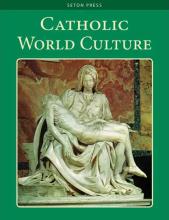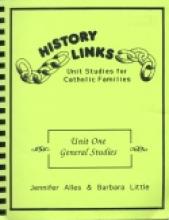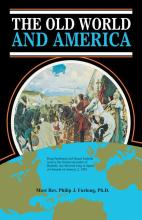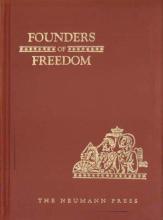World History Elementary - Text
Catholic World Culture
This book is sold as a 7th/8th grade history text, but with the addition of some outline maps and a little imagination it could easily serve as an introduction to world geography.
When I first saw Catholic World Culture it appeared to be a rather dry and boring book, but after reading a few paragraphs I was convinced that it would hold my children's attention and excite them about the Faith and history. My oldest son told me that he found it interesting and inspiring, as well as a great source for trivia with which he could impress his friends (a humble child as you can imagine.)
Each of the 30 chapters in this 124 page full color book focus on a specific country, Catholic personality or event. Some of the topics covered include: "The Artist of Mysteries" (da Vinci/Italy), "God Alone Sufficeth" (St. Teresa of Avila/Spain), "Martyrs and Miracles (The Netherlands), "Conversions in the North" (Scandinavia). The chapters end with "Thinking Over" prompts which lead to several interesting discussions in our family.
We attempted to use this as part of a chronological history program and it just did not work, but as part of a geography or religion program or as a supplement to history it was ideal. Best suited for 8th-12th.
Connecting with History Vol. I
History Links - General Studies and Ancient Egypt
Light to the Nations
The Old World and America
We are presently in the early chapters of this text, but the flavour of the book is apparent. Each chapter is amply illustrated with photos, diagrams, and maps (all black and white). Following each chapter is a series of tests, which include oral questions, written questions, discussion questions, word list, questions to make you think, and questions that test your character. What more could a homeschool mother ask for?
The book is reasonably priced. With older children, some supplementary material may be needed to cover various topics in more detail. It is my opinion that this is a wonderful book, and would be an asset to any history program. It would be suitable for a variety of ages (presently, I am using it for Grades 4 to 8).
Founders of Freedom
This first volume in the Catholic American history program, Land of Our Lady, is intended for the fourth grade. It overviews history from Creation to just before Columbus' voyage in 1492. The focus is mostly on Western History – Europe and the Middle East – but Ancient China is also touched upon. Emphasis is placed on the origins of democracy and people in history who were instrumental in its development in various forms (as a preparation for the study of American History – this year's text develops the "background"). The text is very Catholic with a great deal of attention given to Saints who had a role in history and the Catholic Church's influence on civilization. Also included between each Unit are a Marian hymn (with a black and white illustration of Our Lady) and the history of the hymn. While some more controversial issues such as the Inquisition aren't covered (which is reasonable for a 4th grade text), I was happy to see the author point out some of the good and bad of events such as the Crusades. This balanced presentation of history is more helpful for students who have to prepare themselves to defend their Faith in the future.
The text is readable and interesting (although do keep in mind that I LOVE history), but still rather textbookish. Because it is an overview, many topics are covered rather briefly and the "stories" of history aren't present. There are a rather large quantity of written problems, activities and other reviews designed to reinforce the ideas in the text. I would be inclined to only use some of the written problems and instead supplement with some "living books" (stories from History), such as those listed on our Timeline of Good History Reading.
I did notice a few small errors (as is common in textbooks).
First, the term Oro et Laboro which means literally means "I pray and I work", is interpreted as "To work is to pray" which I think is not only a mistranslation, but a misunderstanding of the rule of St. Benedict.
Second, on page 205, a photo of Neuschwanstein Castle (from Germany),which was built in the 1800s, is labeled "a medieval castle". (No, I'm not an expert on castles – our family put together a 1000piece puzzle of this castle last year!).
Some brief references to the Latin Mass (as a universal institution) and Communism are slightly outdated. Overall, I thought it to be quite a good text and I'm looking forward to reading the next volume.
This book was donated for review by Neumann Press







